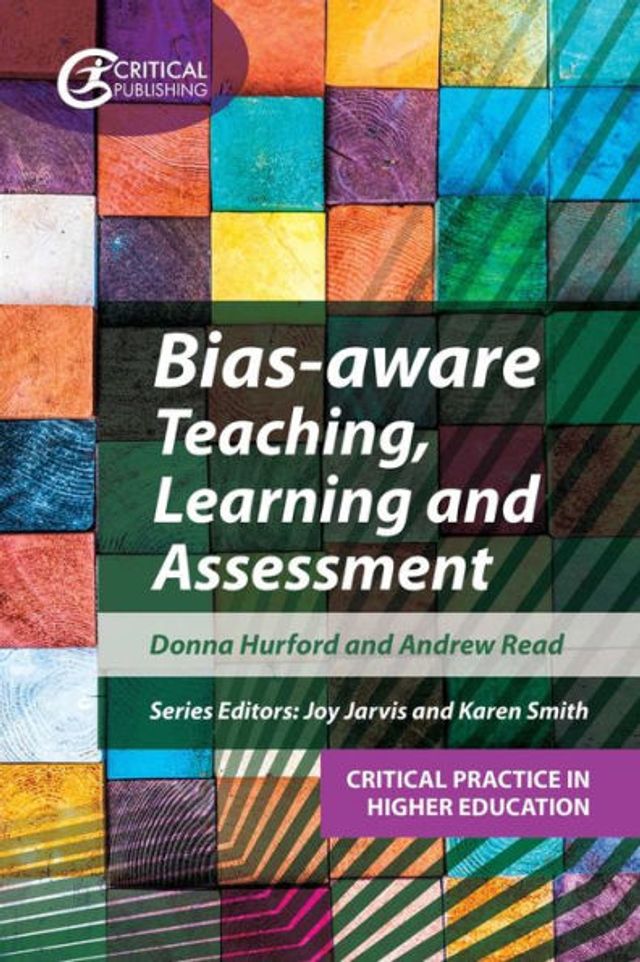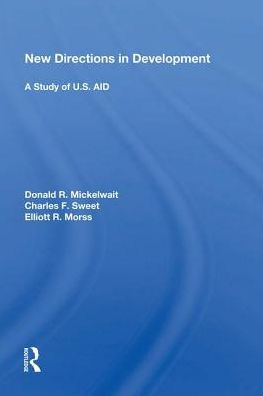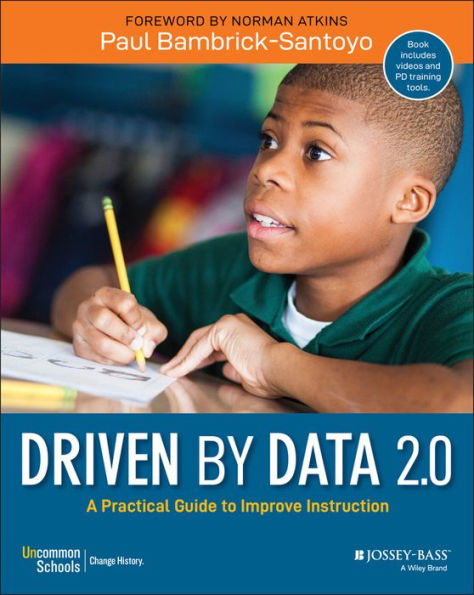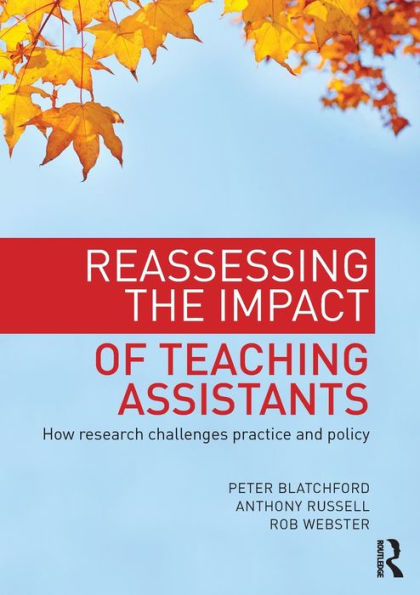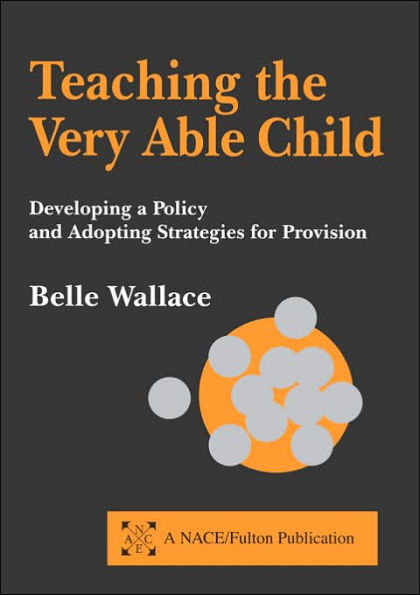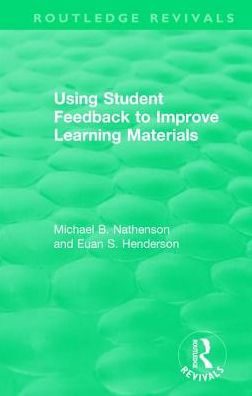Home
Output-Based Aid: Lessons Learned and Best Practices
Loading Inventory...
Barnes and Noble
Output-Based Aid: Lessons Learned and Best Practices
Current price: $25.00
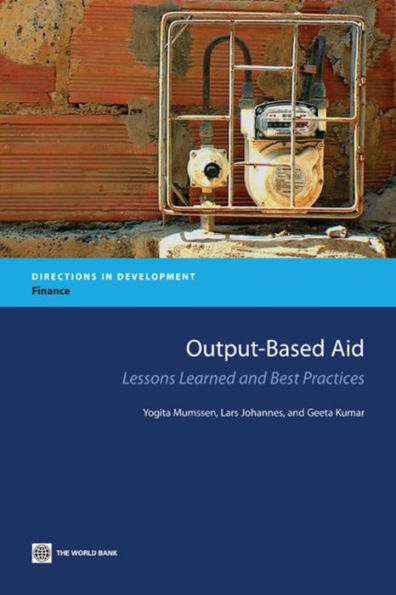

Barnes and Noble
Output-Based Aid: Lessons Learned and Best Practices
Current price: $25.00
Loading Inventory...
Size: OS
*Product Information may vary - to confirm product availability, pricing, and additional information please contact Barnes and Noble
Developing country governments and the development aid community are acutely aware of the need to find more effective ways to improve basic living conditions for the poor, as traditional approaches of delivering public support have not always led to the results intended. “Results-based financing” (RBF) instruments, which tie the disbursement of public funding to the achievement of pre-agreed results, are now recognized as one important piece of the aid delivery puzzle. The aim of these instruments is to enhance the effectiveness of public funding. 'Output-Based Aid: Lessons Learned and Best Practices' provides a practical understanding of the experience with output-based aid (OBA), a results-based instrument that is being used to deliver basic infrastructure and social services to the poor, including through public-private partnerships. OBA has been used in the World Bank Group since 2002, including more recently through the Global Partnership on Output-Based Aid, which has a mandate to design and test OBA approaches. The authors of this book analyze nearly 200 OBA projects in water and sanitation, energy, health, roads, telecommunications, and education. The piloting phase of OBA has in general been a success and OBA has demonstrated clear advantages over traditional approaches in terms of efficiently targeting subsidies and mobilizing the private sector to serve poor households that would otherwise go without an improved service. OBA has also demonstrated that monitoring for results is possible—if appropriate systems are put in place. As the first comprehensive review of OBA in eight years, this book will be an essential reference for infrastructure and social services sector experts and OBA practitioners around the world—including staff of international financial institutions, public and private service providers, and NGOs—as well as for donors and governments who are interested in piloting or scaling up and mainstreaming OBA approaches. As the first comprehensive review of OBA in eight years, this book will be an essential reference for infrastructure and social services sector experts and OBA practitioners around the world, including staff of international financial institutions, public and private service providers, and NGOs; and for donors and governments who are interested in piloting or scaling-up and mainstreaming OBA approaches.


